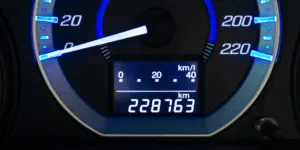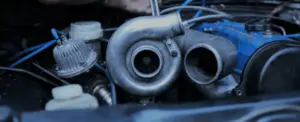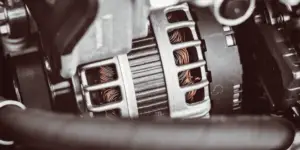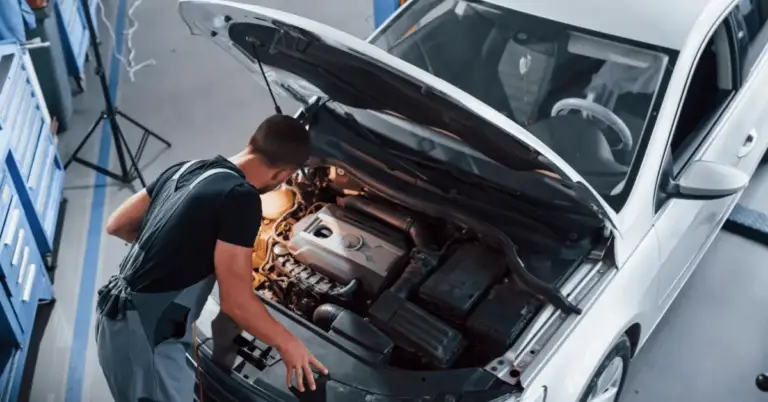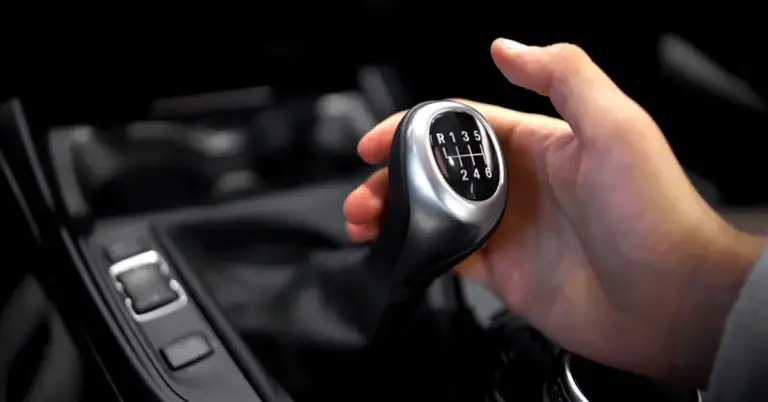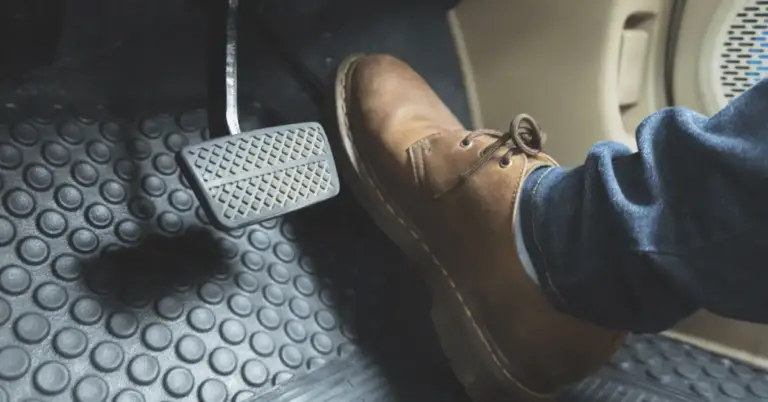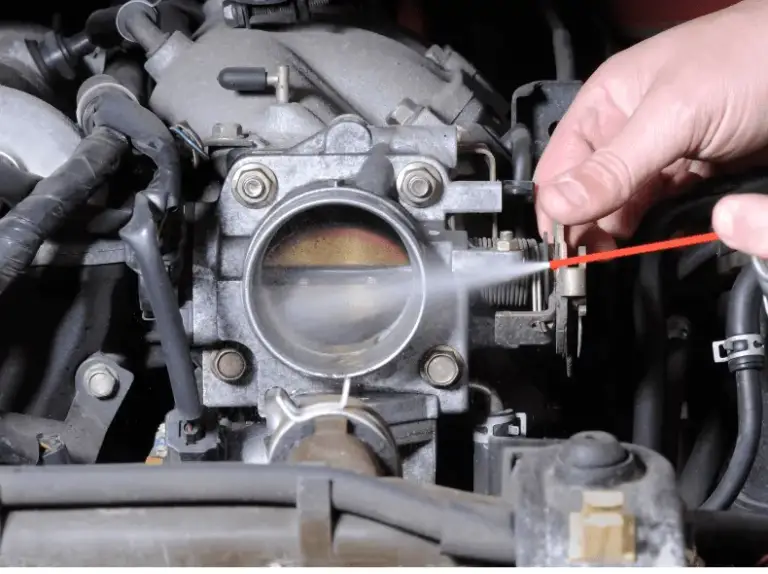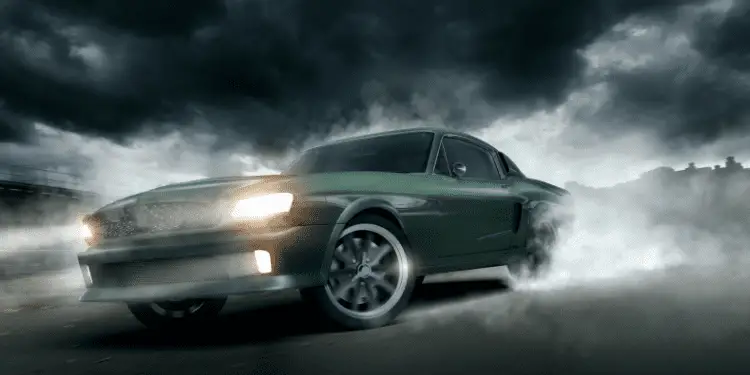Most cars have one serpentine belt. Older models may have two or three, but this is now rare. One belt is now preferred as it saves space and reduces maintenance. However, if it fails, all the parts it was powering cease working. Vehicles with two belts would still have some systems operational in this scenario.
What Cars Have More Than One V Belt?
Many BMWs still do, especially models over ten years old, like the 3 series E46 and the 5 Series E34. Older Nissans and Fords often have two as well.
As mechanical parts have become more compact under the hood, running all the components off a single stronger belt is easier than two or three smaller ones.
How To Locate The Serpentine Belt
The serpentine belt is easy to spot. It sits underneath the hood and is attached to the crankshaft pulley at the side of the engine – usually the left side. It is black and usually shiny – if quite new.
If your engine is running, you’ll see it traveling along a length of pulleys – that look like metal lids with a groove in the center where the belt sits and travels through.
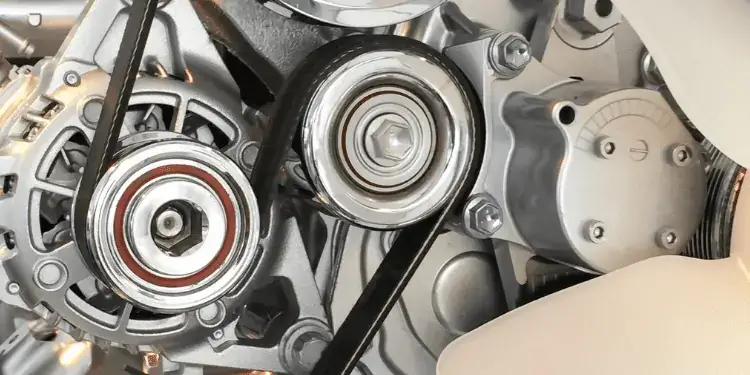
The other pulleys you’ll see it connect to will be attached to components such as the power steering pump, air conditioning compressor, and sometimes the water pump.
As you can see, for a length of rubber, it does a very important job.
What Length Serpentine Belt Do I Need?
The best place to look to be sure is the car handbook. Find the part number and call dealerships to get the best price.
If you haven’t got the handbook, you can go to a car part website online. Enter your license plate and type serpentine in the search box. It’ll take you to a belt page for you to select from.
Another easy check is to remove the old one. Cut it and lay it flat. Measure the length with a tape or, if you don’t have one, a piece of string. Bear in mind that the belt will stretch, so take off half an inch to allow for this.
If you haven’t got access to the internet, you might think it’s taking too much of your time up and it might be better to get a car shop to fit it instead.
What is The Length of Most Serpentine Belts?
Most serpentine belts are around 45 to 89 inches long. Larger engine cars will have a longer belt as the parts the belt powers are normally farther away.
If you want to be absolutely sure you’re getting the correct size belt, you need to invest a few more dollars and buy an OEM belt.
Aftermarket parts will be cheaper, but they are manufactured to fit as many cars as possible. To do this, they may not be an exact fit for your car.
It’s worth bearing in mind that the belt can be made tighter by turning the belt tensioner.
Therefore, most aftermarket belts that are less than ½ inch longer than the OEM equivalent and should still be able to be tightened enough in any case.
It’s always best to pay that little bit more and get one made from EPDM rather than Neoprene. It’ll last longer, and although it costs a few dollars more, it will be worth it in the long run.
Are Serpentine Belts Universal?
Serpentine bets come in different lengths and widths so they are not universal as in there isn’t one size fits all.
Some belts are smooth, while others have four or six ribs. Ribs make it easy to replace a serpentine belt, as you can just get the equivalent in width. If your old belt is smooth, you may want to measure it to make sure.
Four ribbed belts are ⅜ inch wide, while six ribbed belts are ⅝ inch wide. It’s always best to check the width, as aftermarket part designs are prone to change.
Are V Belts The Same As Serpentine Belts?
They serve the same purpose of running between the engine and accessory parts – They are often called accessory belts. This is where the similarity ends, though.
V belts are thinner and shorter than serpentine belts. They don’t have to be as robust as they are not under the same tension and workload as a serpentine belt.
Often three V belts do the same job one serpentine belt does, so they aren’t as long individually.
What’s The Difference Between A Serpentine Belt and A Timing Belt?
A timing belt is contained behind a cover and is not visible. Sometimes called a cambelt, its job is to synchronize the timing of the crankshaft and camshaft. It is made of reinforced rubber as well. It is shorter in length than a serpentine belt.
A timing belt has teeth, whereas a serpentine belt does not.
Both belts should last around 100,000 miles.
Does A Car Always Have A Serpentine Belt and A Timing Belt or Chain?
Yes, these two belts are sometimes confused, but they do different jobs. The serpentine belt would not rotate if the engine wasn’t running, and the car would stop running if the serpentine belt were not powering the alternator.
Therefore, both belts rely on each other to work properly to enable them to do their jobs.
Does A Serpentine Belt Affect Timing?
The serpentine belt has no direct impact on the timing of the engine.
If the alternator was not being effectively powered by the serpentine belt it may mess with voltage being sent to the crankshaft sensor in the engine. This could cause a bad reading to be sent to the ECU and affect the timing indirectly.
What Happens If I Fit the Wrong Serpentine Belt?
The belt shouldn’t be able to be turned more than half an inch.
If you doubt the tightness of the belt on the pulley, you shouldn’t drive the car.
If the belt were to fall off while driving, it could damage more delicate parts under the hood, such as split hoses or damaged wiring or sensors. It won’t damage any sturdy mechanical parts, though.
Also, the alternator will stop working, so the battery will have to start powering lights, wipers, and electric windows. The power steering will fail, as will the air con.
Within 10 minutes, your car will stop, and you’ll need to be towed.
The serpentine belt won’t damage your engine’s pistons. A broken timing belt or chain causes that.
These belts create different problems when they fail.





